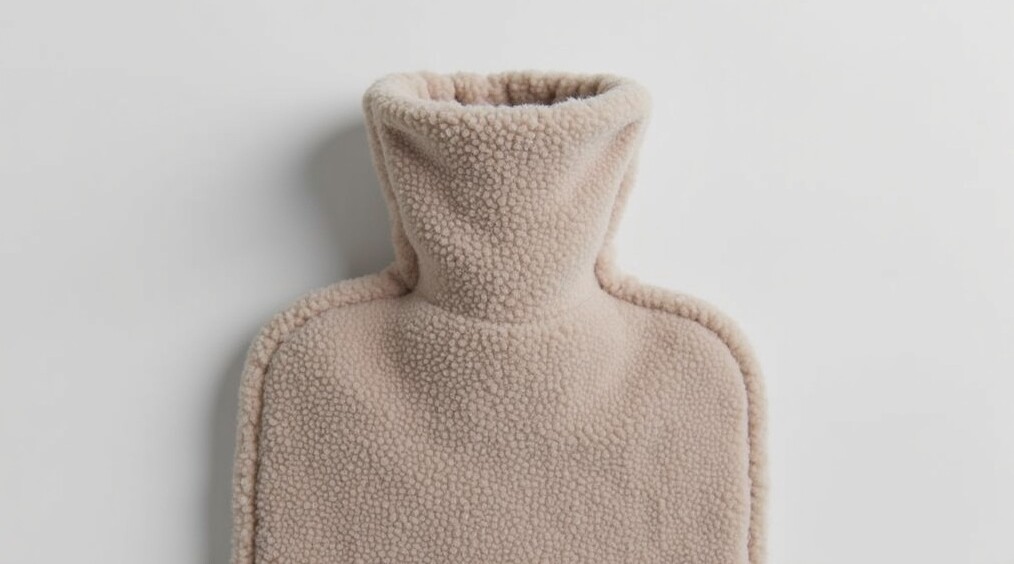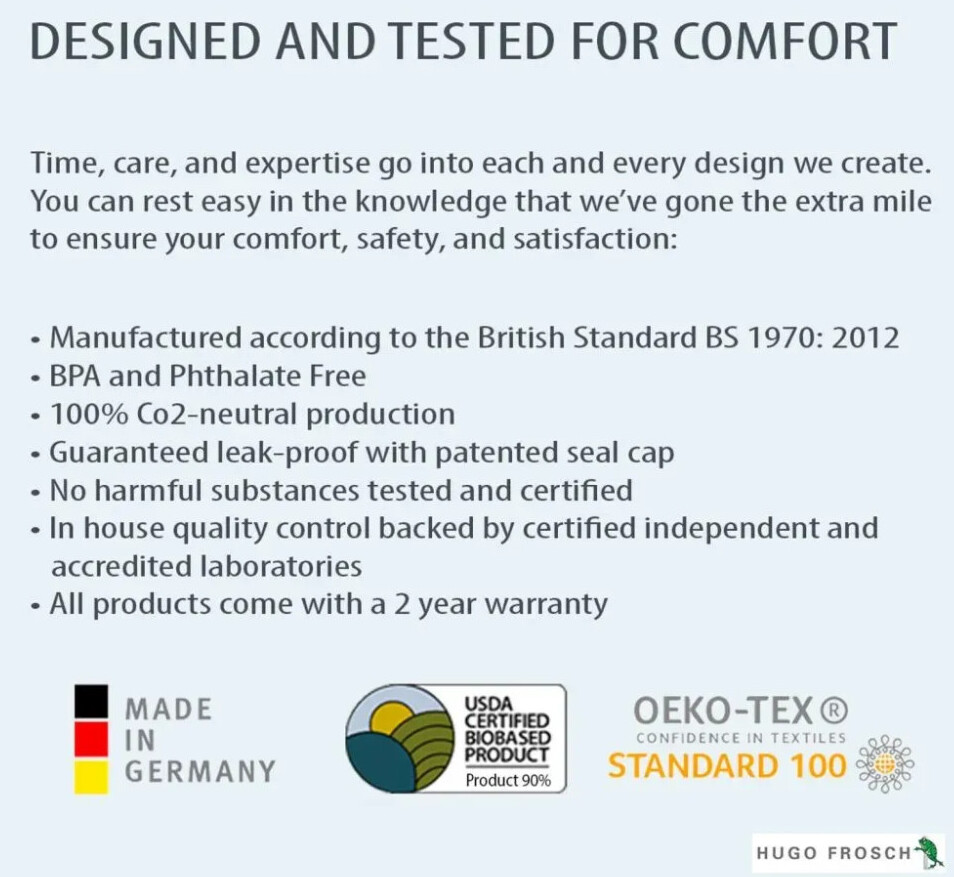
Stay warm, stay green
Traditional hot water bottles have always been great for staying cozy on cold nights, but I started looking for options that didn’t just warm me up but also fit my commitment to living a little more gently on the planet. I created the complete guide to eco hot water bottles as I learned pretty quickly, that the materials and manufacturing of standard bottles can be hard on the environment. That got me curious about eco hot water bottles and how they can match comfort with more sustainable choices. I wanted all the usual warmth without creating unnecessary waste or adding more plastic to the world. Over time, I found out that making small, mindful swaps like this really adds up.
This guide covers
- What makes a hot water bottle truly eco friendly
- Popular eco materials and why they matter
- Benefits you get from switching
- How I choose the best bottle for my needs
- Tips for getting the most life from your eco bottle
What makes a hot water bottle eco friendly?
Eco hot water bottles use materials and manufacturing that aim for a smaller carbon footprint and less waste. This usually means the bottle is made using natural rubber, biodegradable or recyclable plastics, or materials produced with renewable energy. I’ve found that eco bottles often come with covers made from organic cotton or recycled fibers, adding an extra layer of planet friendly comfort. Some innovative brands even experiment with new plant based materials.
- Natural Rubber: Comes from rubber trees and breaks down naturally over time.
- Recyclable Thermoplastic: Easy to recycle, with less odor, and often BPA free.
- Organic Cotton: Grown without pesticides for removable, washable covers.
- Recycled Polyester: Keeps existing plastic in use instead of producing new.
See how eco hot water bottles blend comfort with sustainability – check out Tiga66 Instagram post for tips, cozy vibes & planet-friendly warmth!
Benefits of choosing an eco hot water bottle
- Less plastic waste and pollution during production and disposal
- Often lasts just as long as regular bottles, sometimes even longer
- Usually free from common toxic chemicals like BPA and phthalates
- Reusable comfort with a lower impact. No batteries or electricity needed
- Many brands commit to fair worker treatment and climate conscious shipping
I feel better knowing my winter routine actually helps reduce unnecessary waste, and my eco hot water bottle stays warm all through the night. Plus, supporting brands that care about the environment makes me feel more connected to like minded folks trying to make eco choices in daily life.
How I choose the right eco hot water bottle
The first thing I look at is the material. Natural rubber is my go to when I want something biodegradable, while recyclable thermoplastic is a good fit if I plan to recycle the bottle later. Bottle size matters, too. I’ve found 1 to 2 litre bottles hold enough warmth for several hours, but smaller ones are great for travel or kids. I always pick a cover that feels good and washes easily, like organic cotton or recycled fleece. Certifications such as OEKO TEX® or carbon neutral labels help me check for safe, truly sustainable products. I read up about the brand to make sure they really walk the talk on eco values. Some companies offer lifetime guarantees or repair programs, so it’s worth looking into those extras as well.

How to take care of your Eco Hot Water Bottle
- Never pour boiling water into the bottle. Water at 80°C is plenty warm and keeps the material strong.
- Let all the water out when I’m done using it and store the bottle dry, away from direct sunlight.
- If the cover is washable, I toss it in with my usual laundry.
- I check for rubber cracks or leaks every couple of years and replace my bottle if it’s worn.
- For extra care, use distilled water to help prevent mineral buildup inside your bottle.
Doing these things helps my eco bottle last longer and makes sure it works safely every time. Taking a few simple steps allows you to get the most out of your sustainable swap, without surprise leaks or reduced heat retention.
FAQs
Q: Can kids safely use eco hot water bottles?
A: Yes, especially when they have a good cover and come from brands that are open about using safe, nontoxic ingredients.
Q: Are all eco hot water bottles recyclable?
A: Most thermoplastic bottles are, but I always doublecheck my local rules. Some natural rubber bottles can also break down in special composting conditions.
Q: Do they keep heat as long as regular bottles?
A: In my experience, yes. Expect 5 to 8 hours, especially with a high quality cover.
Q: Are there vegan friendly options?
A: Absolutely. Many eco bottles use plant based rubber and skip animal materials in covers.
Q: How is thermoplastic different from rubber?
A: Thermoplastic bottles are usually odor free and recyclable, while natural rubber bottles have a faint scent and are biodegradable.
Q: Can I microwave my eco hot water bottle?
A: Generally, no. It’s best to stick with heating water separately before filling your bottle, as microwaving can weaken the material or damage seals.
My advice if you’re switching to an Eco Bottle
- Check product details and brand values before you buy.
- Pick a size that matches how you use your bottle. Bigger lasts longer, but smaller is more portable.
- Look after your eco bottle and cover, and you’ll enjoy years of cozy warmth.
- Consider gifting an eco bottle to friends or family to spread the word and share the comfort.
Feeling ready to make the switch? You can find more comparisons and guides at Why Choose an Eco Hot Water Bottle Over a Traditional One? for more tips.
Latest Posts
Brought to you by Eco TIGA – your friendly guide to eco-friendly living
